
|
Olympus E-30 Image Samples Full ISO Range |

|
My other articles related to the |
|
Here is a series of comparative image samples from the Olympus E-30, shot at various ISO settings, covering the full range available in this camera.
I've chosen three different subjects, differing in color and tonality, and all pictures were taken in diffused daylight from a patio door. The sky was clear and time spacing between pictures within a series was just a few seconds, so I did not think there were any changes in the light between frames. Reference WB was applied, measured off a piece of white paper. The light was metered before every frame: matrix metering, aperture priority. Within each sequence, the only difference between frames was ISO setting. The settings set by the AE system were consistent, with one exception noted below. The lens used in all three samples was the 50 mm F/2 Macro ZD. Parameters not described in this introduction will be listed separately for each individual series. First, the reduced full frames from the first (ISO 100) sample in each series, with a red box showing where the 1:1 samples, shown further down will be coming from. Some full frames are also available — at JPEG compression of 1:2.7 they are about 8 MB each. |
|
Series 1: my belt buckle.
F/6.3, exposure compensation -0.3 EV, Natural Picture Mode: sharpness and contrast at -1, NF at Low. Shutter speeds started from 1/8 s at ISO 100, halving, as expected, at every next ISO, with one exception: at ISO 200 it was 1/13 s (0.3 EV below the expected 1/16 s), returning to 1/30 s at ISO 400, and then behaving as expected. This may be a play of the rounding process, and/or a minor change in light. |
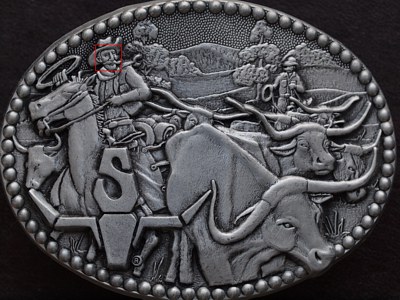
|
|
Series 2: money found in a drawer.
Aperture at F/6.3, exposure compensation -0.3 EV, Natural Picture mode as above, noise filtering at Low. Shutter speeds started at 1/10 s, halving in each next frame, as expected. |

|
|
Series 3: Amish candy.
Aperture at F/8, exposure compensation -0.7 EV (no whites, saturated colors). Natural Picture mode with no adjustments, noise filtering at Low. Shutter speed started at 1/3 s, behaving as expected, to reach 1/100 s at ISO 3200. The fragment shown in comparison below has been selected in a place a bit out of focus, to separate noise from any granularity of the candy surface. |

|
|
Now, let us compare the selected fragments at various ISO settings. Users of LCD monitors may have slight problems here, with the visible image brightness depending on viewing angle. | |

|
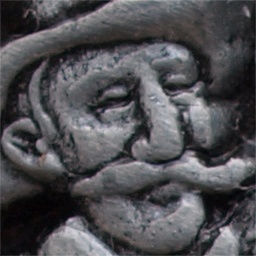
|
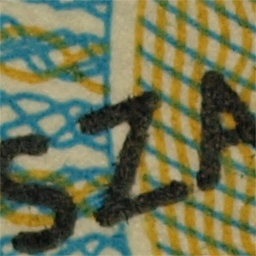
|
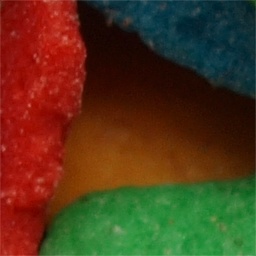
|
|---|---|---|---|

|
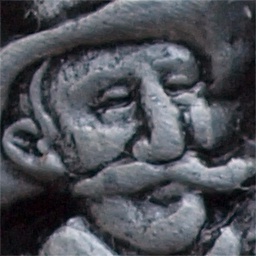
|
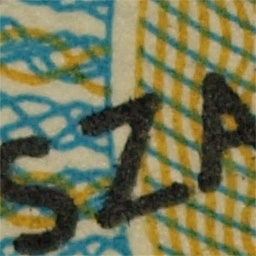
|
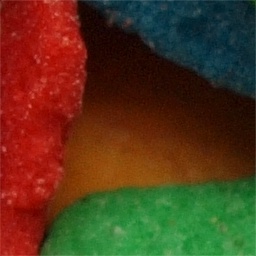
|

|
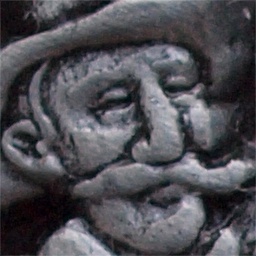
|
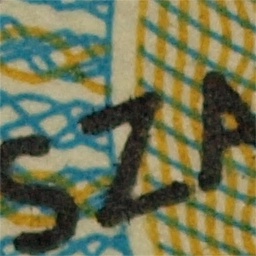
|
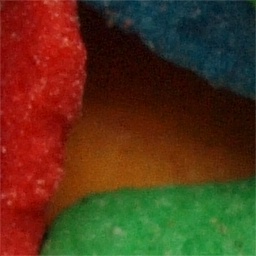
|

|
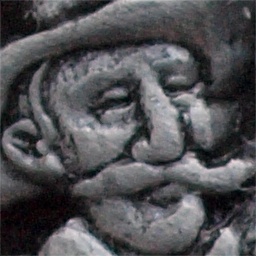
|
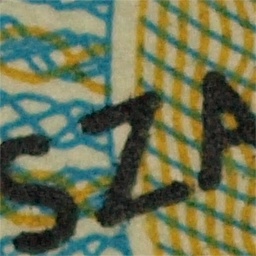
|
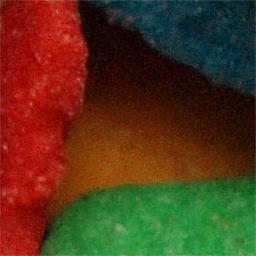
|

|
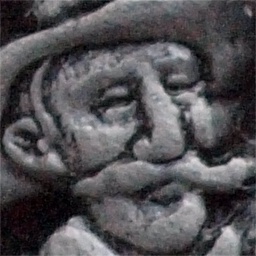
|
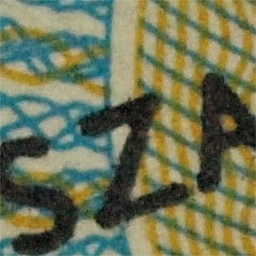
|
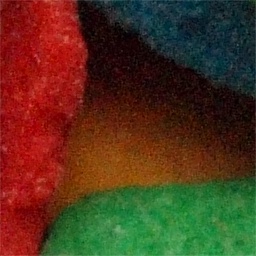
|

|
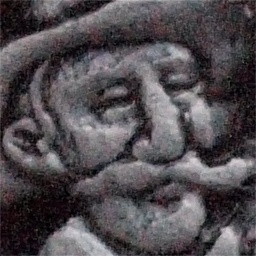
|
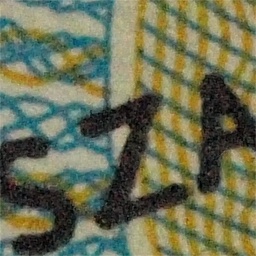
|
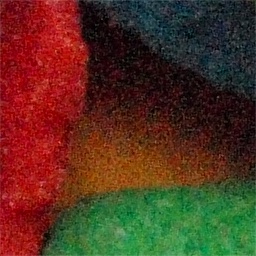
|
|
Clearly, some image quality degradation starts already at ISO 200; this cannot be avoided regardless of sensor type and camera maker. The effect can be partially hidden (for example, stretching the histogram range would bring blacks at ISO 200 to the level at ISO 100), but Olympus decided against that, and I agree: it is better to do that in postprocessing. If you are picky, save raw files and do the adjustment in 16-bit RGB before conversion to 8 bits — I don't, as any correction needed is really small.
We can see a similar pattern at each next ISO, although up to ISO 400 images show good tonality, contrast, and sharpness. Feel free to draw your own conclusions on that, based on the full-frame images I'm providing. DO not pixel-peep them, however, but either show the whole frame on a large screen of your choice, or make as large a print as you are likely to use in your practice; you will be nicely surprised. Almost the same can be said about ISO 800, although the degradation process starts picking up a bit here. I may be using this setting in some applications (sports, wildlife), where being able to set a faster shutter speed may be worth some sacrifices in image tonality and noise. ISO 1600 also holds surprisingly well. Note noise filtering is at Low here, as I'm unwilling to give up more resolution than absolutely necessary. (The effects of that factor will be discussed in another article.) Last year I took a picture of the same bill with a Canon 400D, while visiting a friend who has one, happy with that camera's noise handling capabilities. The Canon did, indeed, an effective job removing the noise at ISO 1600, but it also killed the ink texture on some of the lettering. The friend upgraded since to the Nikon D90 (I haven't tried that camera on this subject, though). And then things go more downhill — the quality loss between ISO 3200 and 1600 seems to be clearly greater than between ISO 1600 and 800. Regarding noise, we see not only an increase in its amplitude (which would not worry me much), but also some clustering effects (better visible in full frames), especially in smooth shadow transitions. What is nice, though, is that I have yet to see those regular, horizontal or vertical patterns (often referred to as "banding"), which used to show up quite often in the E-510 (sometimes even at low as at ISO 800), and which some users reported in the E-3 (although I did not see it). It also seems that the yellow cast (or yellow on/off blotches) which were sometimes troubling me on the E-3, is gone, and the clustering effect is less visible. While I haven't performed a systematic comparison, I'm under an impression that the new camera performs better than E-3 at ISO 3200. The noise amplitude is perhaps slightly higher, but the pattern is more even: less clustering, and that's what really counts. To see how my favorite noise removal application, the Neat Image can clean up the ISO 3200 samples shown above, refer to a separate article on that subject. |
|
Olympus® is a registered trademark of Olympus Corporation.
This page is not sponsored or endorsed by Olympus (or anyone else) and presents solely the views of the author. |
| Home: wrotniak.net | Search this site | Change font size |
| Posted 2009/01/26; last updated 2009/06/28 | Copyright © 2009 by J. Andrzej Wrotniak |